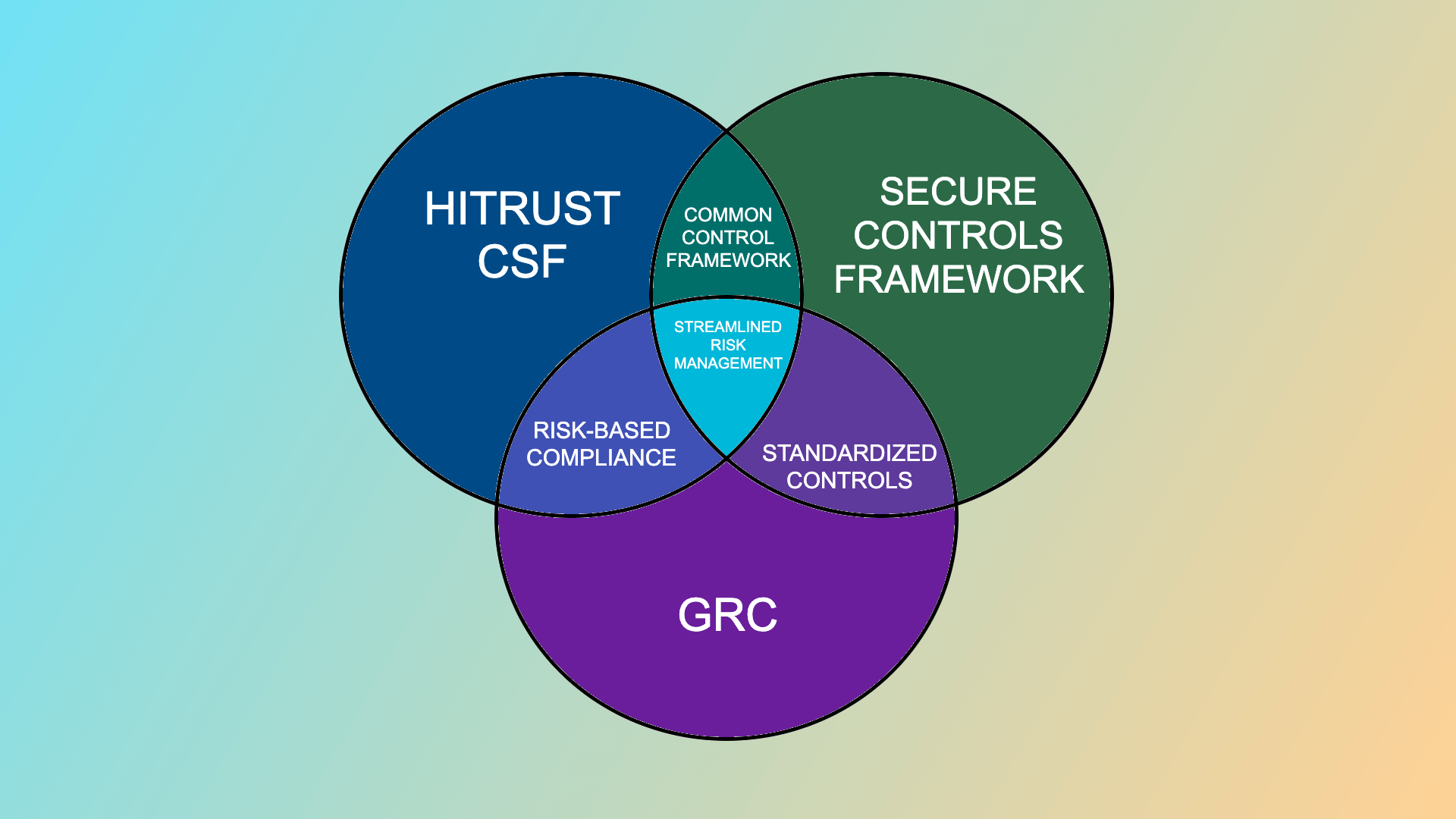Compliance programs are critical in ensuring organizations adhere to established regulations, laws, and ethical standards, fostering trust with stakeholders, employees, business partners, and the public. A repeatable and scalable compliance program ensures consistency and efficiency in managing compliance risks across various operational scales and ensures compliance in the context of regulatory/obligation and business change. Organizations across industries and sizes must create a compliance program that meets the legal requisites and is repeatable and scalable in a dynamic, distributed, and ever-changing business environment.
What’s Required to Establish a Successful Compliance Program?
Creating a scalable and repeatable compliance program requires agility to keep abreast of what is changing in regulations, requirements, and obligations that drive scalability and repeatability. Scalability refers to the capability of the compliance program to grow and expand as the organization evolves and adapts its operational footprint. A repeatable compliance program ensures uniform compliance standards, policies, and controls are met efficiently across different departments and units without redundant efforts.
Organizations need a risk-based approach to compliance to consistently identify, analyze, and mitigate compliance risks. This then drives the adoption of standardized compliance processes and controls that can be implemented, monitored, and adapted to the organization's business functions.
But as the business changes, it is essential to adapt and improve the compliance program continuously. This requires a culture of continuous improvement and learning, reassessing, and optimizing the compliance program to align with changing regulatory landscapes. This requires the organization to leverage compliance technology solutions to automate, monitor, and report compliance metrics and data accurately and timely.
In this context, here are 6 core elements needed for a scalable and repeatable compliance program to achieve this:
- Conduct A Thorough Compliance Risk Assessment. The organization must identify and prioritize compliance risks in its industry and operations. This requires the organization to implement a structured risk assessment methodology uniformly across the organization.
- Develop Clear Compliance Policies and Procedures. The organization needs to have clear and current policies that clearly articulate your organization's compliance obligations and expectations that are engaged with employees at all levels of the organization. It is essential to ensure that policies and procedures are straightforward and clear in different operational contexts.
- Training and Awareness. Well-written policies and procedures are a liability if they are not being followed and employees are unaware of them. Organizations need to implement regular compliance training and awareness programs for all employees. This includes scalable training platforms that can accommodate the learning needs of a growing workforce.
- Establish Compliance Assessment and Monitoring. Next, it is critical that the organization assess and monitor compliance on a regular, continuous basis. This requires designing and implementing compliance assessments, surveys, attestations, and monitoring processes.
- Continuous Improvement and Adaptation. Business is not static, neither are regulations, and it is essential to continuously improve and adapt the compliance program to drive efficiency, effectiveness, resilience, and agility. Regular compliance program reviews need to be in place as well as processes to update compliance policies, procedures, assessments, and controls. Organizations should consider benchmarking and sharing best practices with industry peers and compliance experts to stay abreast of compliance trends and innovations.
- Implement Compliance Technology. This cannot be done in documents, spreadsheets, and emails. Things get missed and slip through the cracks. The organization manages and chases emails and documents and does not manage compliance. When the regulators or auditors knock, the organization lacks a single system of truth for compliance. Organizations need compliance management software that automates data collection, assessment, monitoring, communications, reporting, and assurance processes. It is critical to choose scalable technology solutions that can handle growing regulatory volumes and compliance tasks as the organization expands.
Other Key Components
Some other considerations to keep in mind are that as the organization grows, compliance programs must be adequately resourced. Investing in technology and automation can mitigate human resource constraints.
It is also necessary to stay vigilant and proactive in monitoring and responding to regulatory changes and updates. Engage legal and compliance experts for timely compliance advice and support.
And ultimately, compliance involves people. It is essential to promote and nurture a compliance-conscious organizational culture. Engage leadership and employees in compliance advocacy and responsibility.
Creating a repeatable, scalable compliance program is an ongoing endeavor that requires strategic planning, sustained effort, continuous improvement, a compliance culture, and automation with technology. By adhering to the principles and steps outlined in this blog, organizations can craft compliance programs that meet current compliance standards and are adaptable and scalable to meet future compliance challenges and opportunities. With a robust, scalable, and repeatable compliance program, organizations can confidently navigate the complex, dynamic compliance landscape, safeguarding their reputation and fostering trust among stakeholders and the public.





